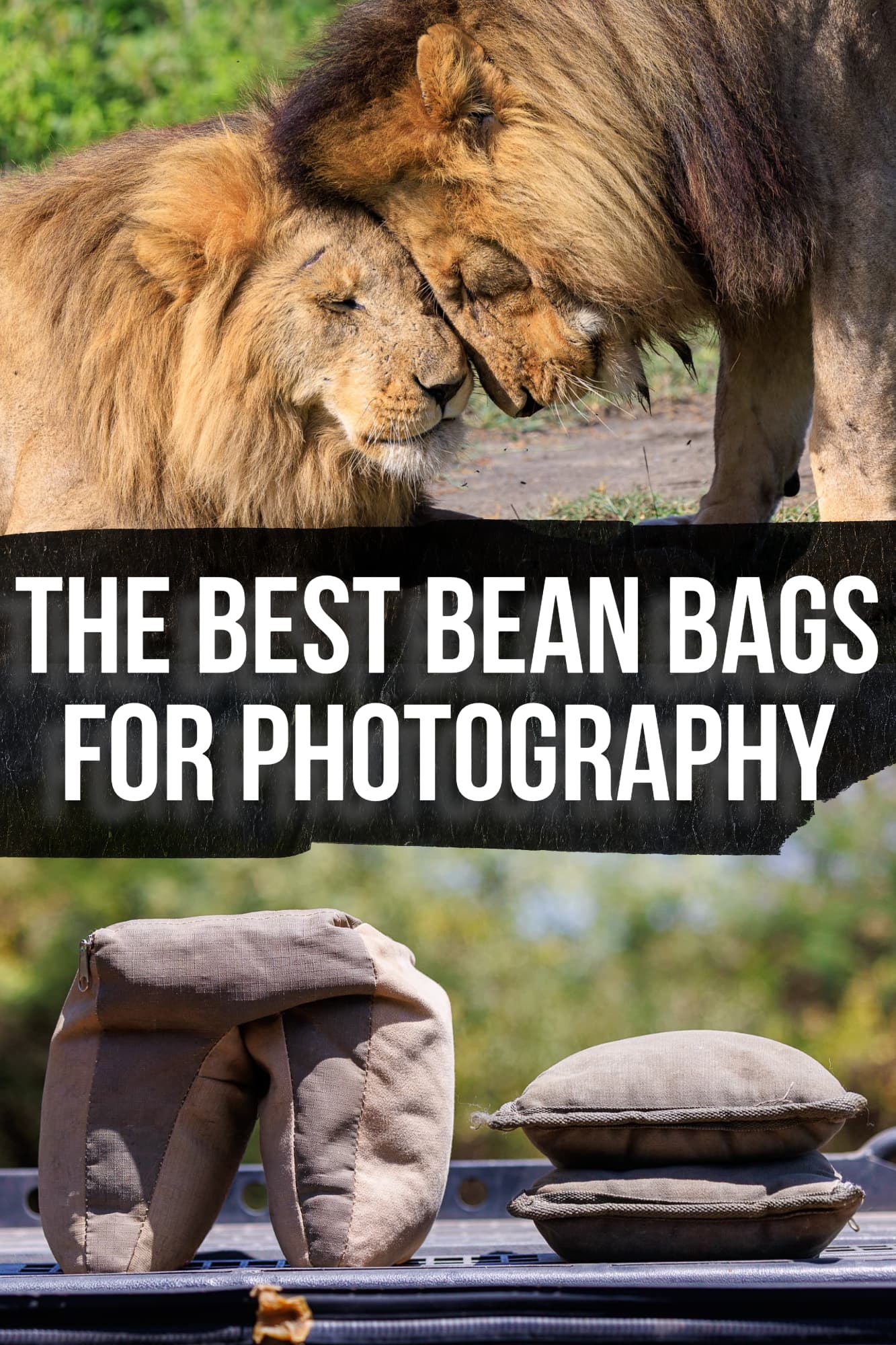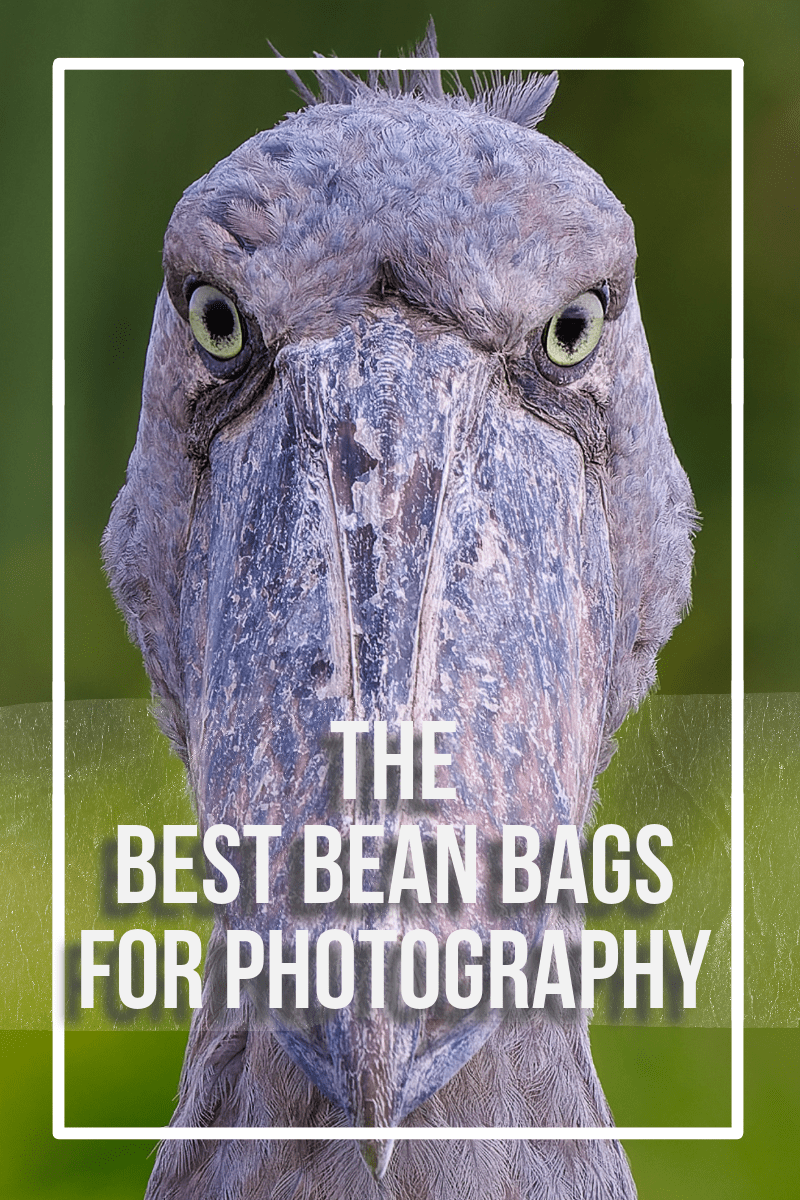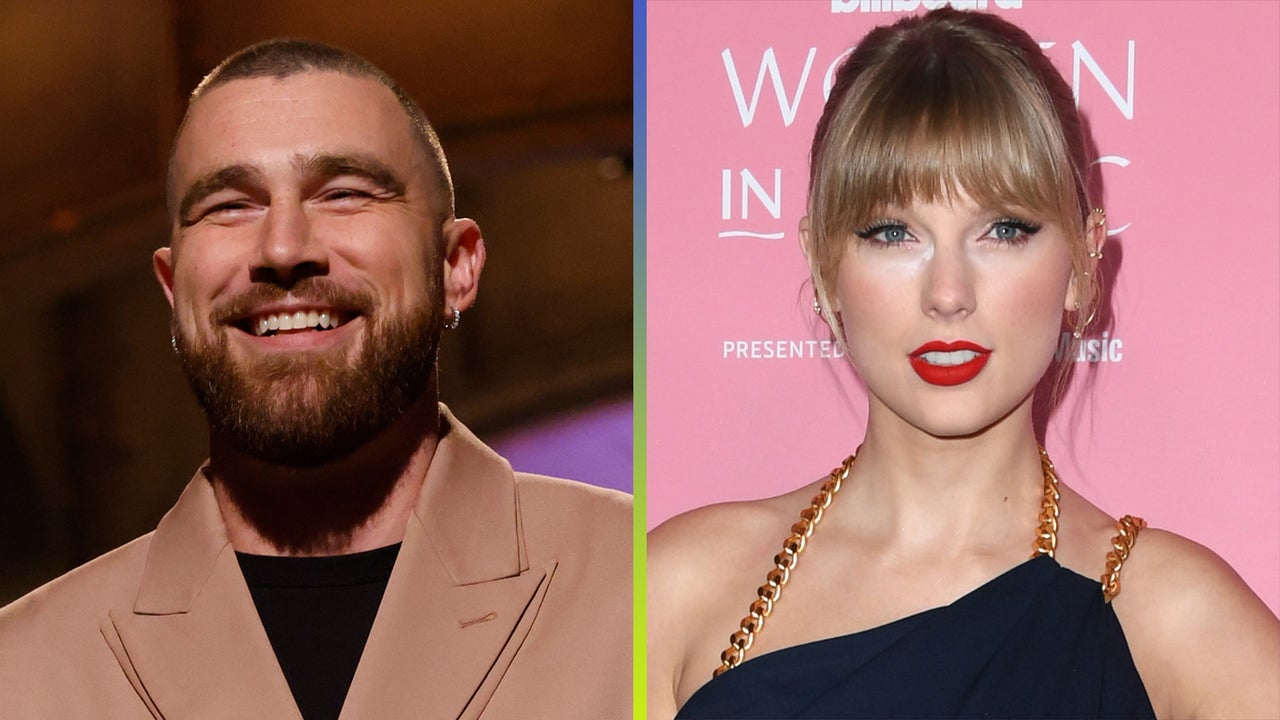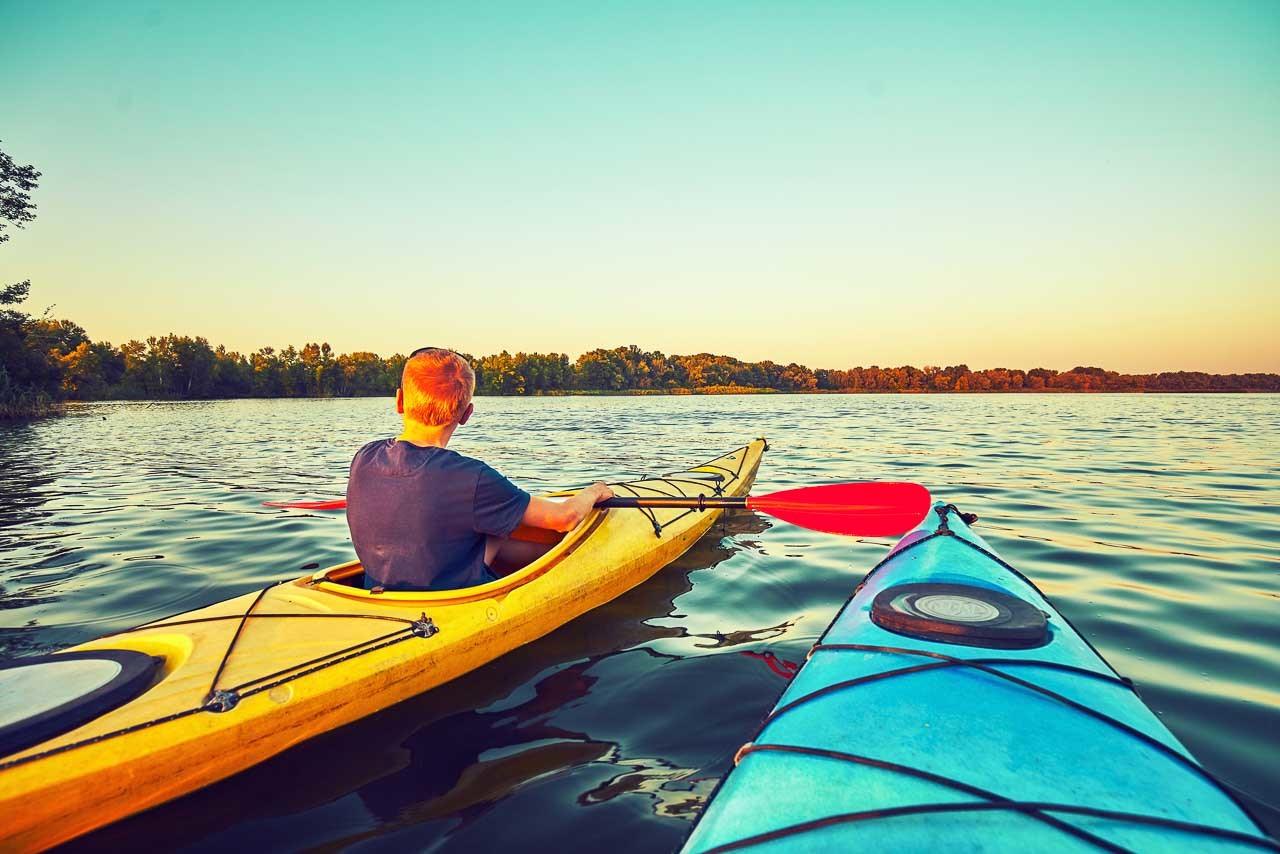The Best Photography Bean Bags for Safari + What to Look For
15 min read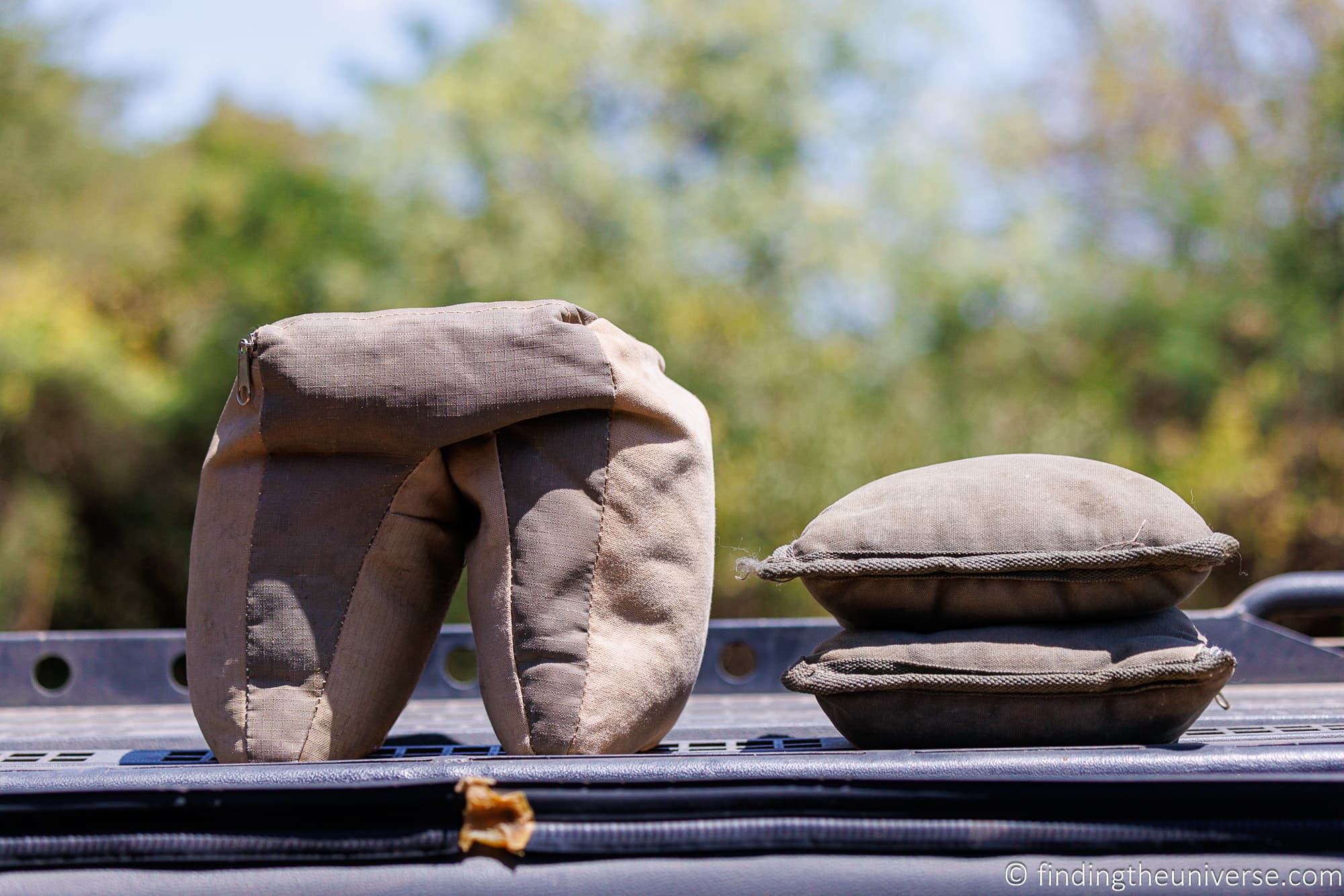
Table of Contents
If you are planning a safari, the chances are good that you are thinking about taking a larger camera and lens with you. These can produce wonderful wildlife photos, but they also come with a downside, which is that they can be heavy and hard to hold for prolonged periods of time.
Normally the solution to a heavy lens and camera is a tripod or monopod. However, most safaris have you observing wildlife from inside a vehicle, where it is generally not possible to easily set up and use either a tripod or monopod. This is especially the case when there are a few people in the vehicle vying for viewing space!
However, you don’t want to miss a great shot of a lion or an elephant because your arms are tired from holding your gear up. Instead, you should consider investing in a photography bean bag.
In this article, I will tell you how they work, why you might want one, important features to look for in a photography bean bag, and give some recommendations on some of the best photography bean bags for safari.
I recommend reading this post along with my guide to getting great photos on safari, as well as my guide to the best safari camera and lenses, so you’re fully prepared for your trip.
Reasons to Use a Photography Bean Bag
A photography bean bag, as the name suggests, is a bag filled with beans (or similar material) which is used to support a camera when taking pictures.
These can be placed either over a window frame or on the top of the vehicle if you are standing up and looking out of a pop-up top, and will allow you to keep your camera pointing in the right direction without tiring your arms out.
It will also allow you to use slower shutter speeds if required, depending on the available light and how much your subject is moving.
Essentially a photography bean bag offers similar benefits to a tripod or monopod, but in a smaller and more flexible package. Some key benefits of a photography bean bag include:
- You don’t have to hold up your lens and camera
- It provides a place to rest and steady longer lenses or spotting scope
- They protect your gear from having to rest on the often dirty and uneven surfaces of the sides of the vehicle
- It can also protect your gear and give stabilization if shooting from the ground
- It’s more versatile for use in many situations compared to a tripod or monopod
Of course, these photography bean bags are not just useful for safari but for a wide variety of nature and outdoor related photography scenarios. So it is great if you can get a bag that you will also be able to use elsewhere.
Here are a couple of photos of me on safari with and without a bean bag to give you an idea of the difference. I’ve used a number of these bean bags on various safaris across a number of African countries.
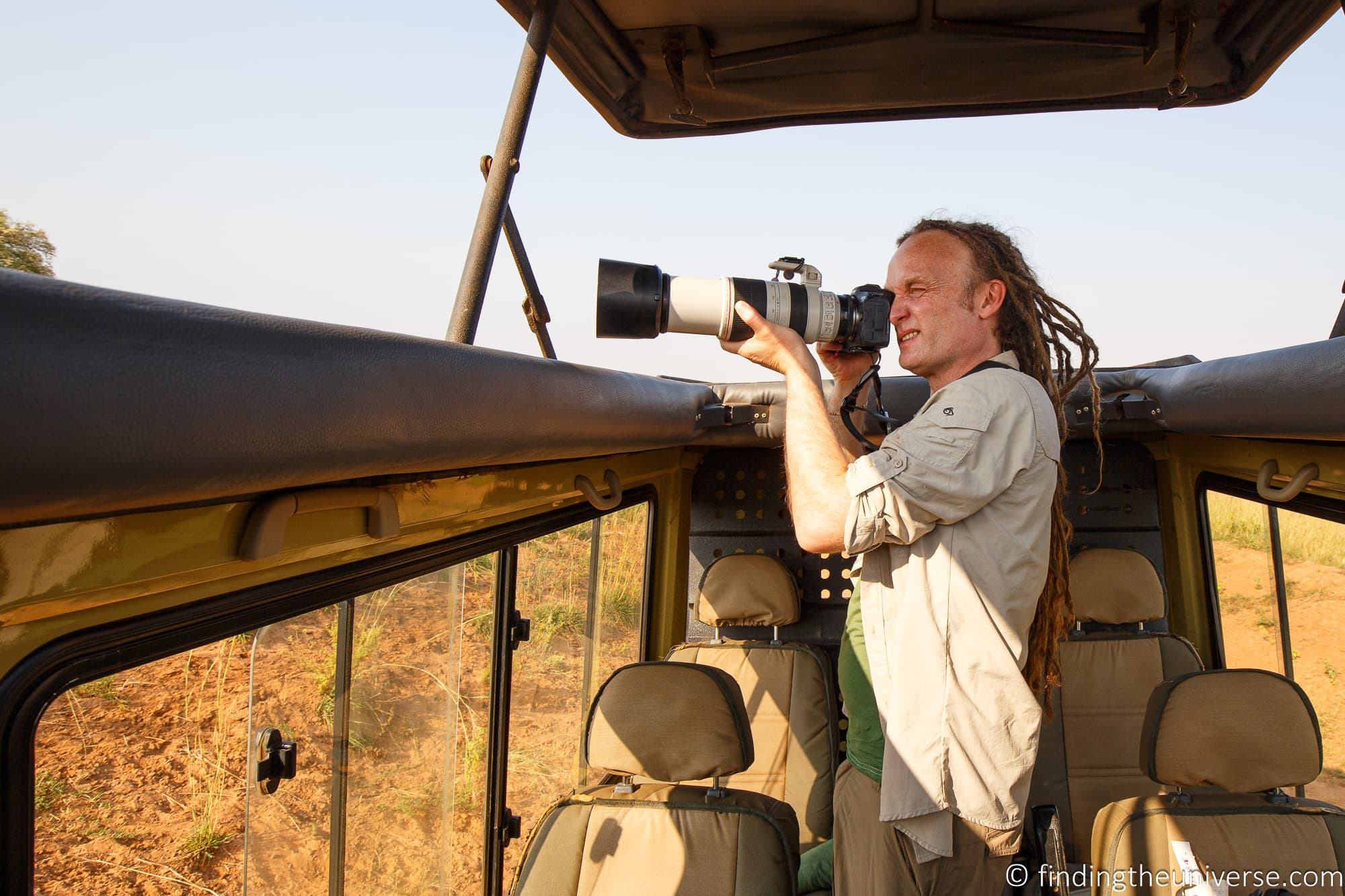
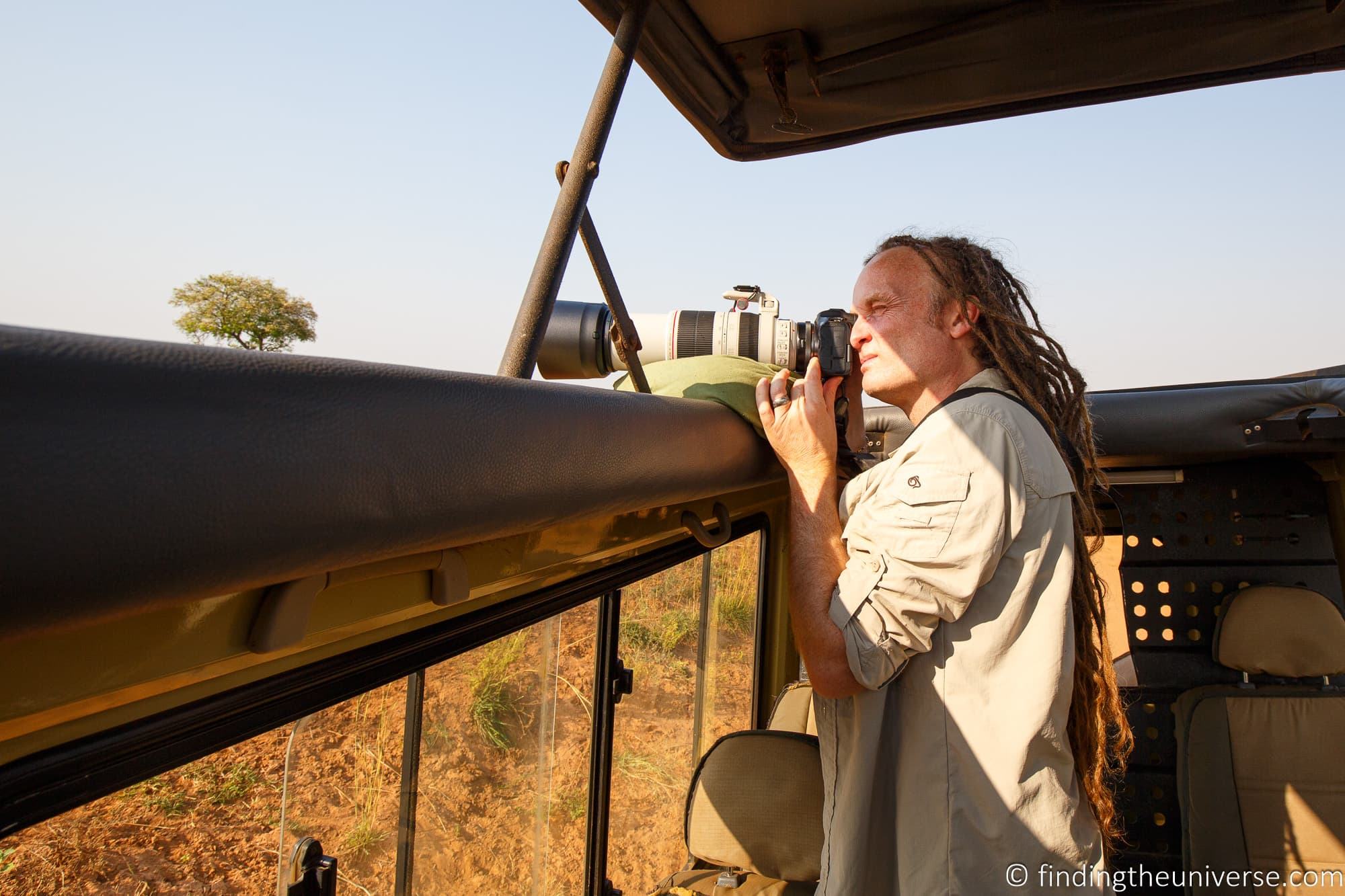
What to Look for in a Photography Bean Bag for Safari
Before providing some suggested bean bags, I wanted to share my suggestions for what to look for in a bean bag for safari photography. This will help you to decide which bean bag is going to be best for you.
Shape
The first thing you will want to think about is the shape of the bean bag. Photography bean bags are generally not just shapeless round blobs, they tend to have a specific form which allows them to work more effectively.
There are three main shapes of photography bean bags. First, there’s a cushion-like flatter shape which is the simplest option. Then, there’s the double cushion, which is effectively two cushions sewn together.
Finally, there is a version which looks a bit like a lower case “n” (or an inverted “u”). This shape has two “legs” with a cushion part at the top. It’s effectively a saddlebag shape, and is the most popular option.
Below are some images showing some of these different designs.

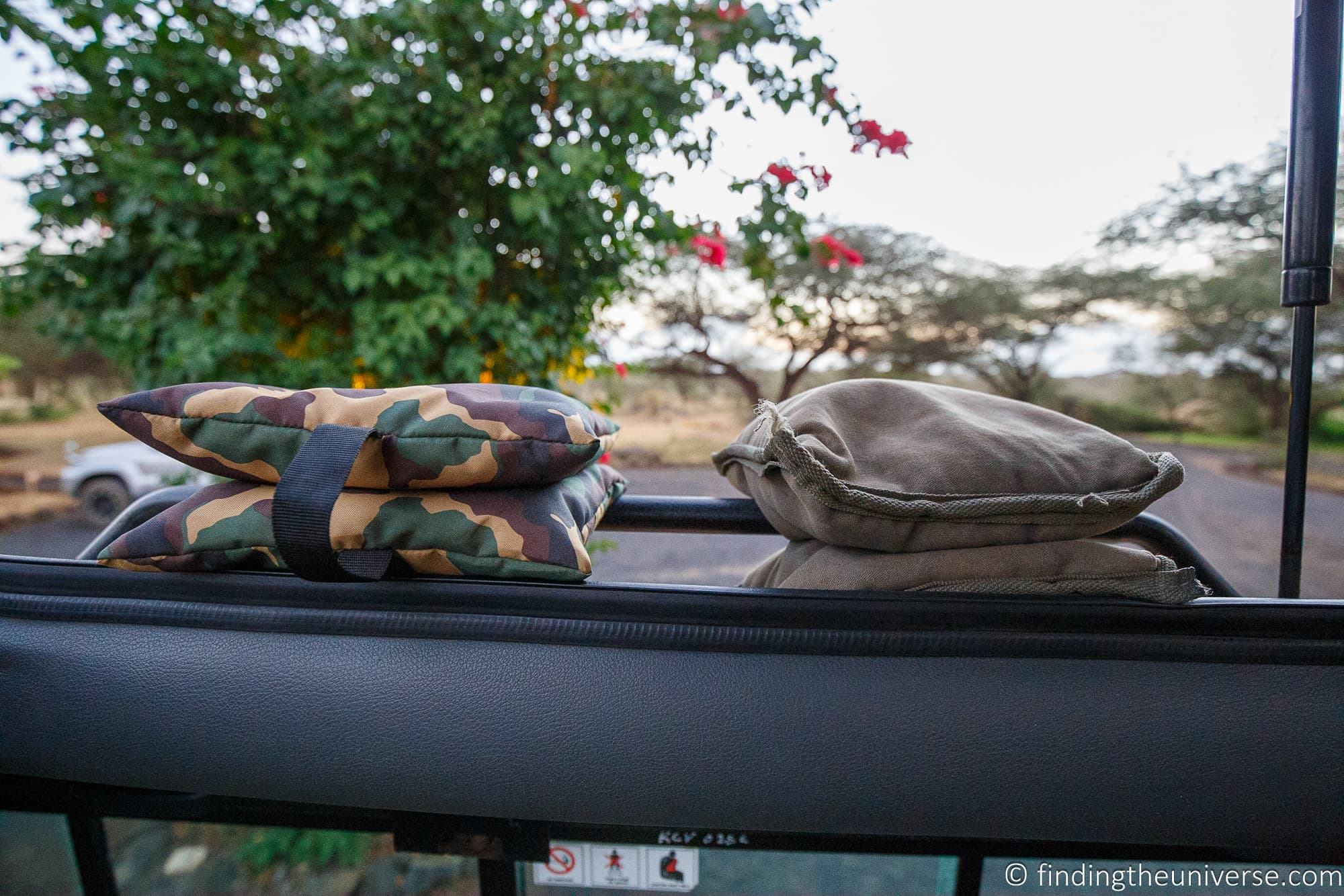
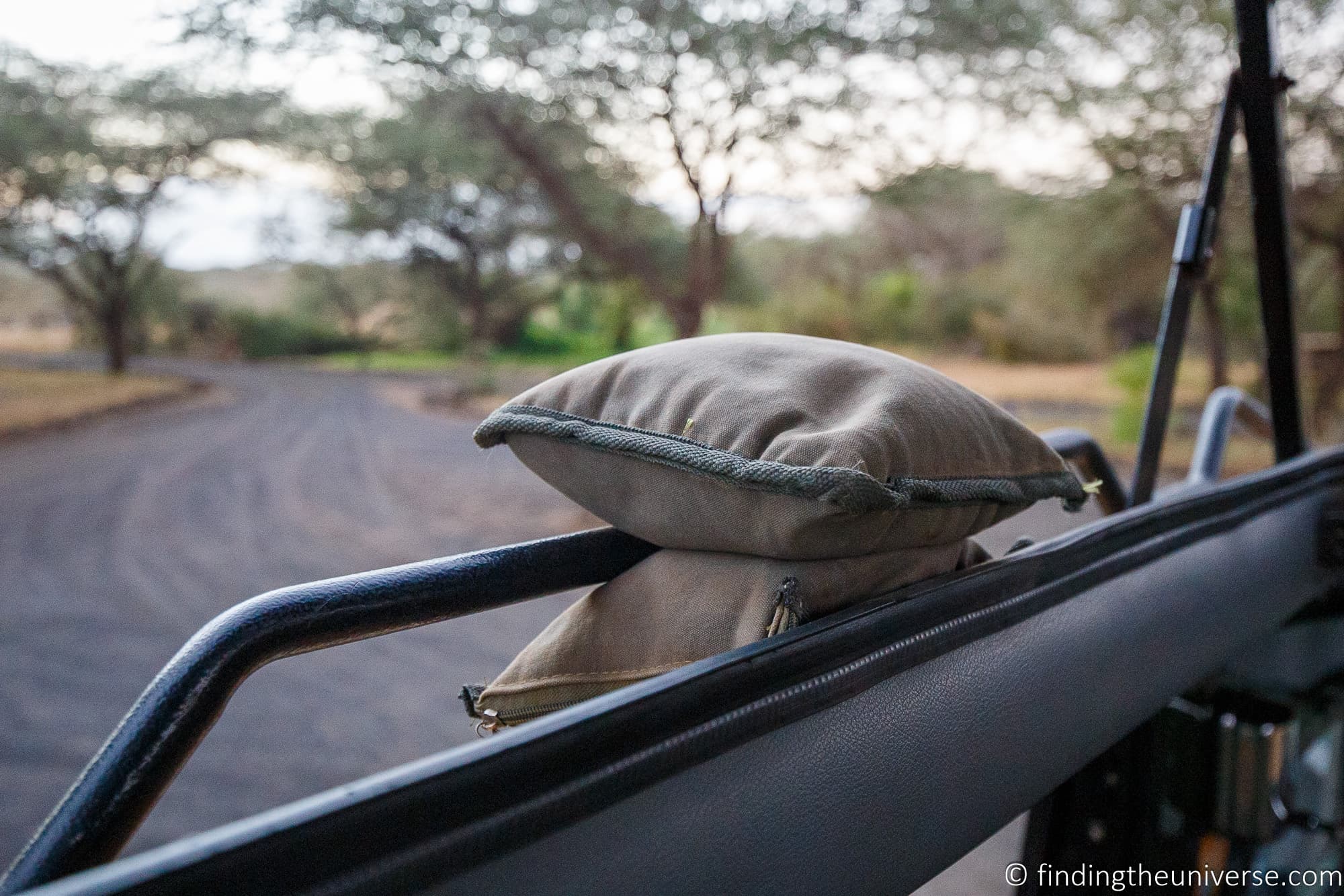
Which shape will work for you will depend a bit on where you are likely to be shooting. I find the saddlebag style offers a good bit of versatility as it can be adapted to fit a variety of locations, from shooting over a window frame to balancing on the edge of a vehicle roof when shooting through a pop-up top.
It also has the advantage that you can invert it when shooting on a flatter surface to provide a sort of cradle for your camera.
The simple flatter cushion-like shape can prove to be quite versatile, especially when shooting on the roof of a vehicle or from the floor. Personally I find it a bit less practical for safari use as it doesn’t mold to a vehicle window or door area as well as the other options.
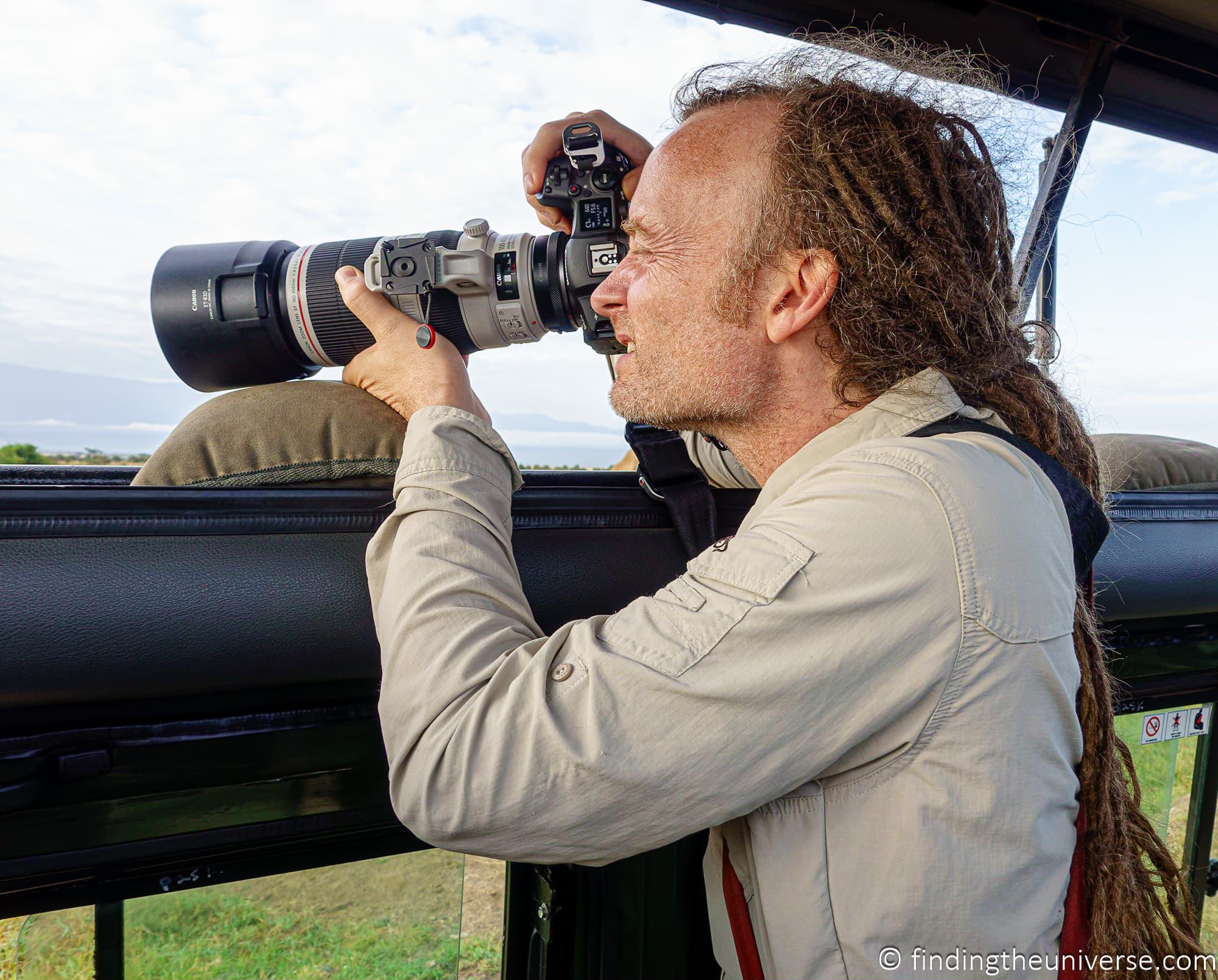
Size
Photography bean bags come in a variety of sizes. The main thing is to ensure that the bean bag you choose is large enough so your camera and lens will comfortably fit on it, whilst not being so big that it is impractical to use and carry.
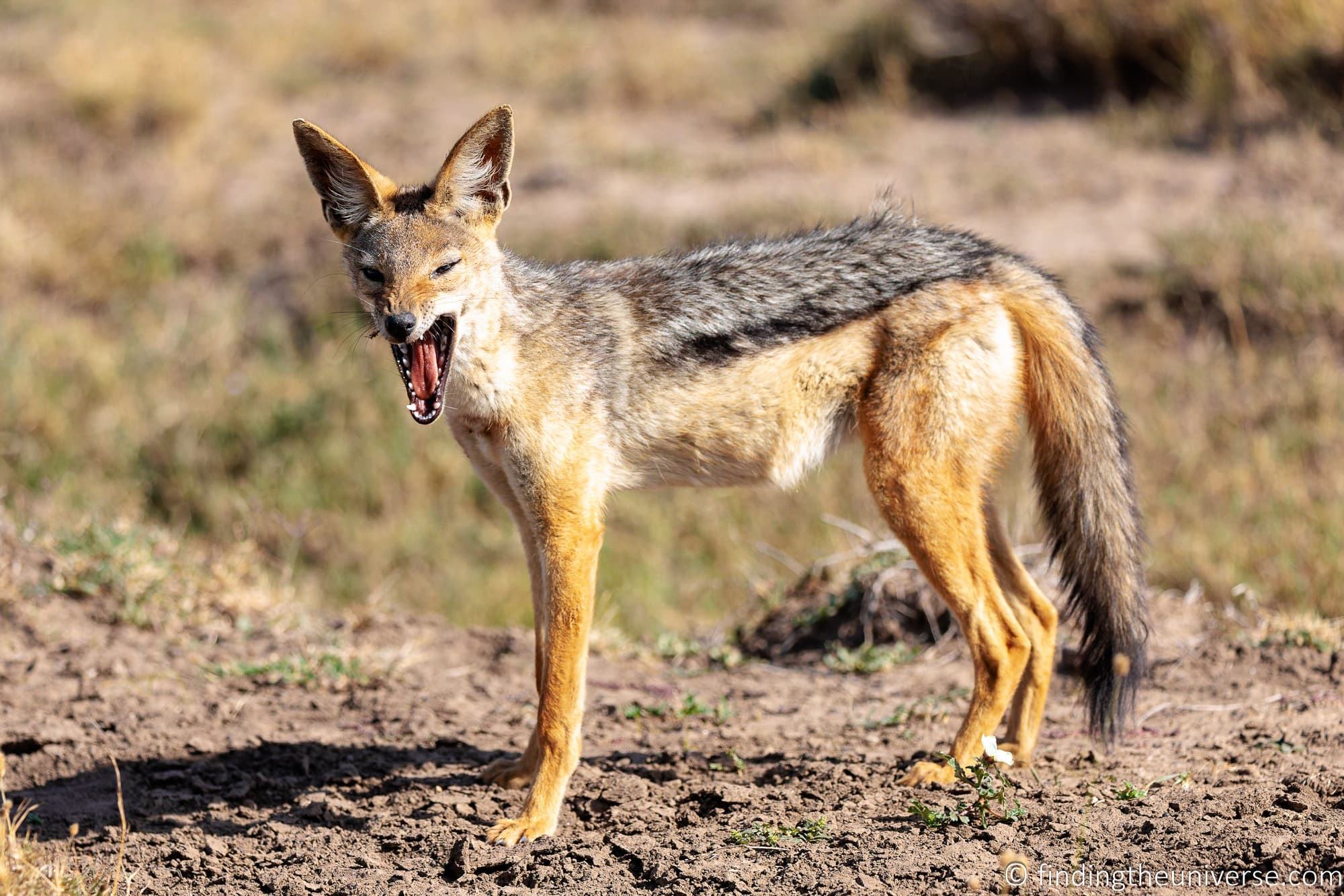
Filler Type
Many bean bags come with the option to purchase them with a filling or without. We generally find it is easier to travel with an empty bean bag and then fill it with an appropriate filling at your destination, such as buckwheat (hulls), bird seed, or dried beans. This reduces the travel weight and bulk of the bean bag.
However, you can also opt to purchase a bean bag with a filling, which is often something like polystyrene balls to keep shipping weight down. This can definitely work and will give you a lightweight option, although it won’t be as stable as a heavier option.
Note that many types of raw and dried beans can be poisonous to wildlife so if you use them to fill your bag you’ll want to take extra care to keep your bag away from animals and keep them secured inside the vehicle when you leave it.
We have had monkeys, particularly baboons, try to snatch the bags from the vehicles, as they have learnt that the fillings sometimes contain tasty treats!
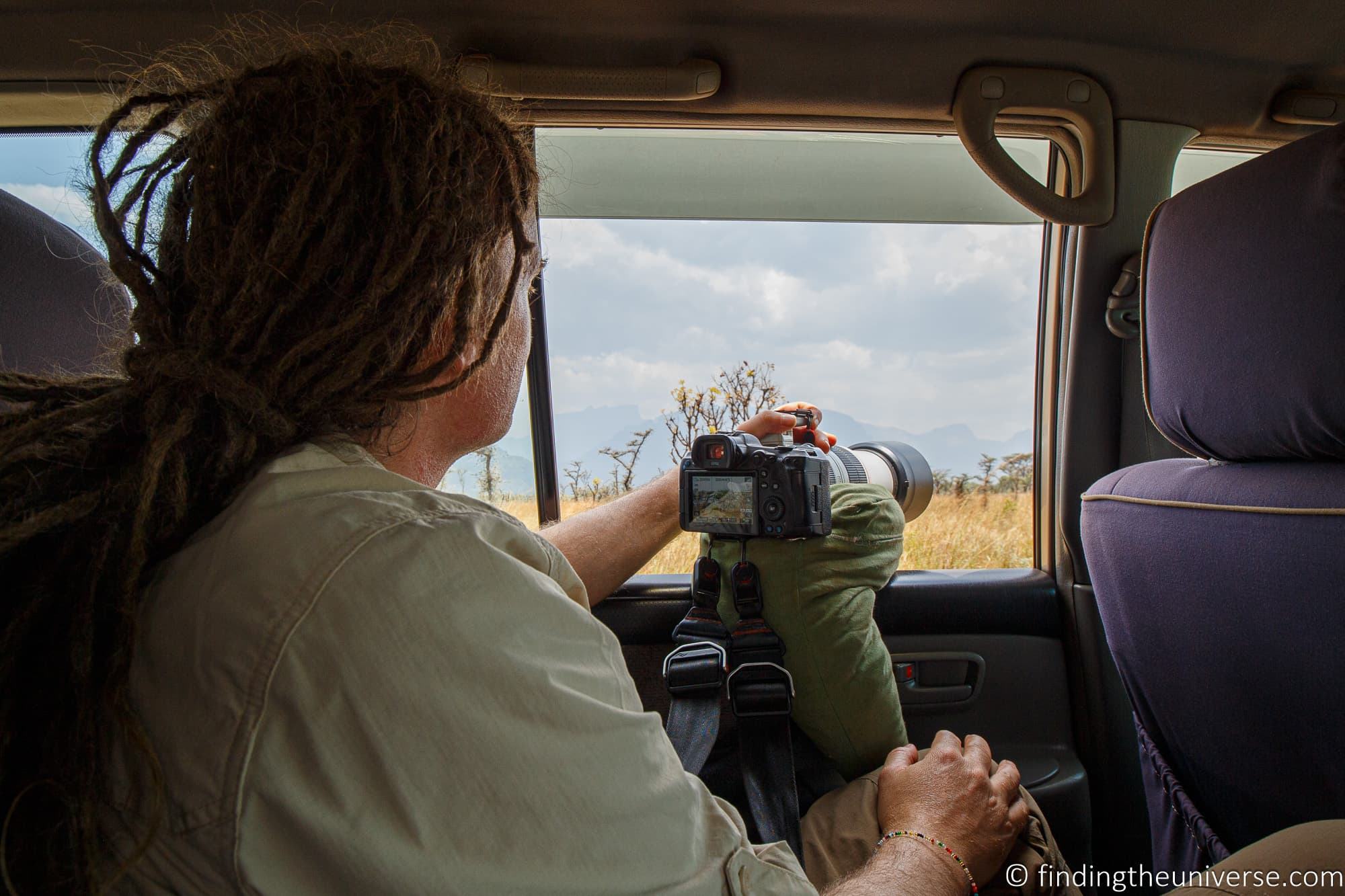
Weight
Whilst the material the photography bean bag is made of will have some impact on its weight, the main thing that affects its weight is what it is filled with.
If it’s filled with a light material like polystyrene balls for example, then it will be very light. If it’s filled with dried beans or seeds, then it will naturally be heavier. The larger the bean bag, the heavier it will be.
We’d generally recommend using a heavier filling like beans or seeds as the bag will keep its shape better when set up and provide a more stable base. However, we have also used a photography bean bag filled with polystyrene balls with good results.
On our last trip, we filled our bag with a mix of dried beans and some pillow stuffing which was a good mix .
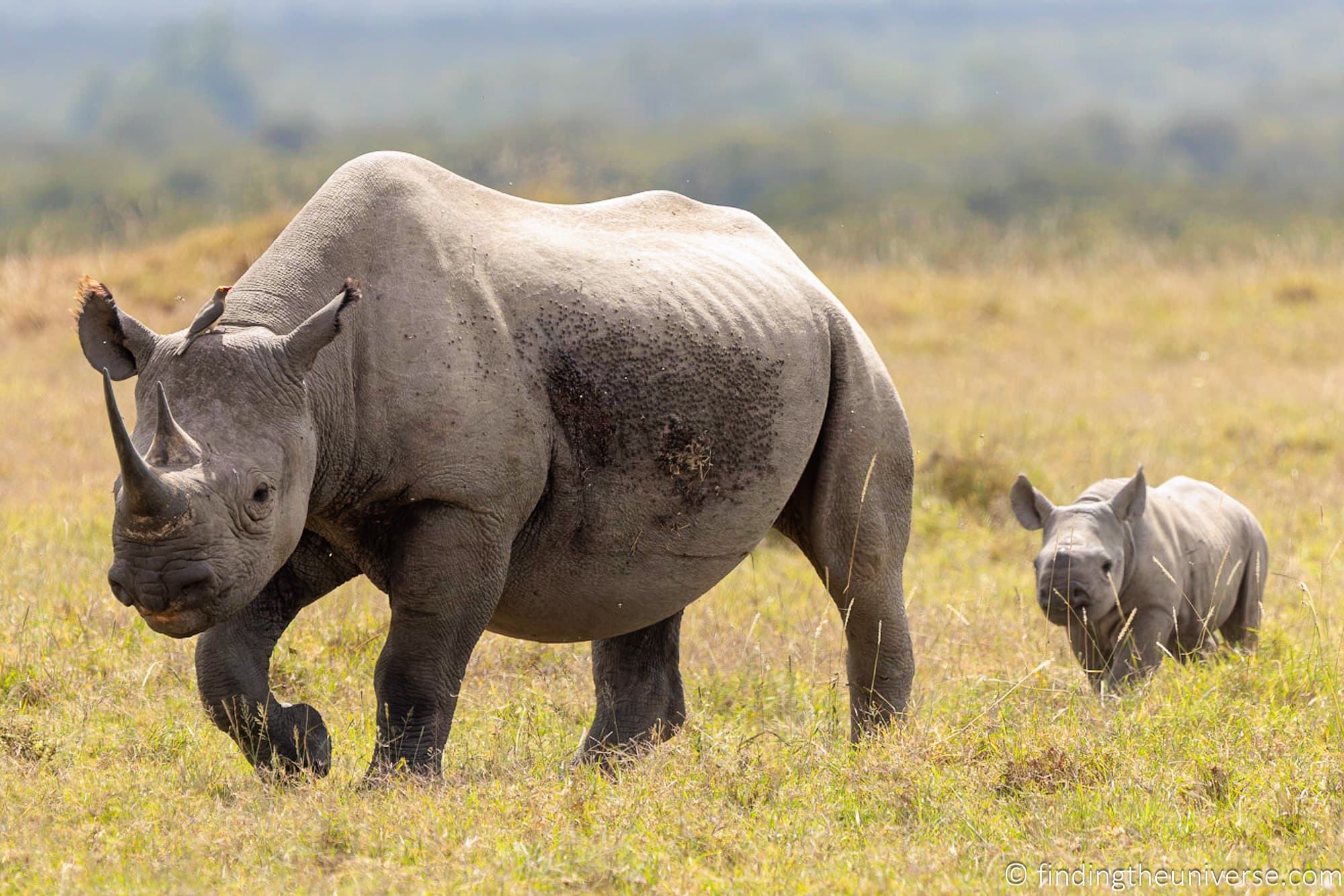
Durability
A safari can be quite a challenging environment, with a lot of bumpy roads as well as vehicles containing hard edges.
It’s important that you use a photography bean bag which is going to withstand the rigours of this environment. You definitely don’t want to be in a situation where the bean bag develops a hole and bursts open part way through your trip!
A well-made bean bag that has good stitching and which is constructed from a durable material such as canvas or another thick hard-wearing material would be best. Comparing the two images below, the bean bag on the right is made from a tougher canvas like material which will likely last longer.

Color
On safari you generally want fairly neutral colors that don’t stand out. You also want to avoid blues and blacks which can attract tsetse flies.
Most photography bean bags we are aware of come in shades of green or beige, or are in a sort of camouflage pattern of greens and beige colors, which works well.
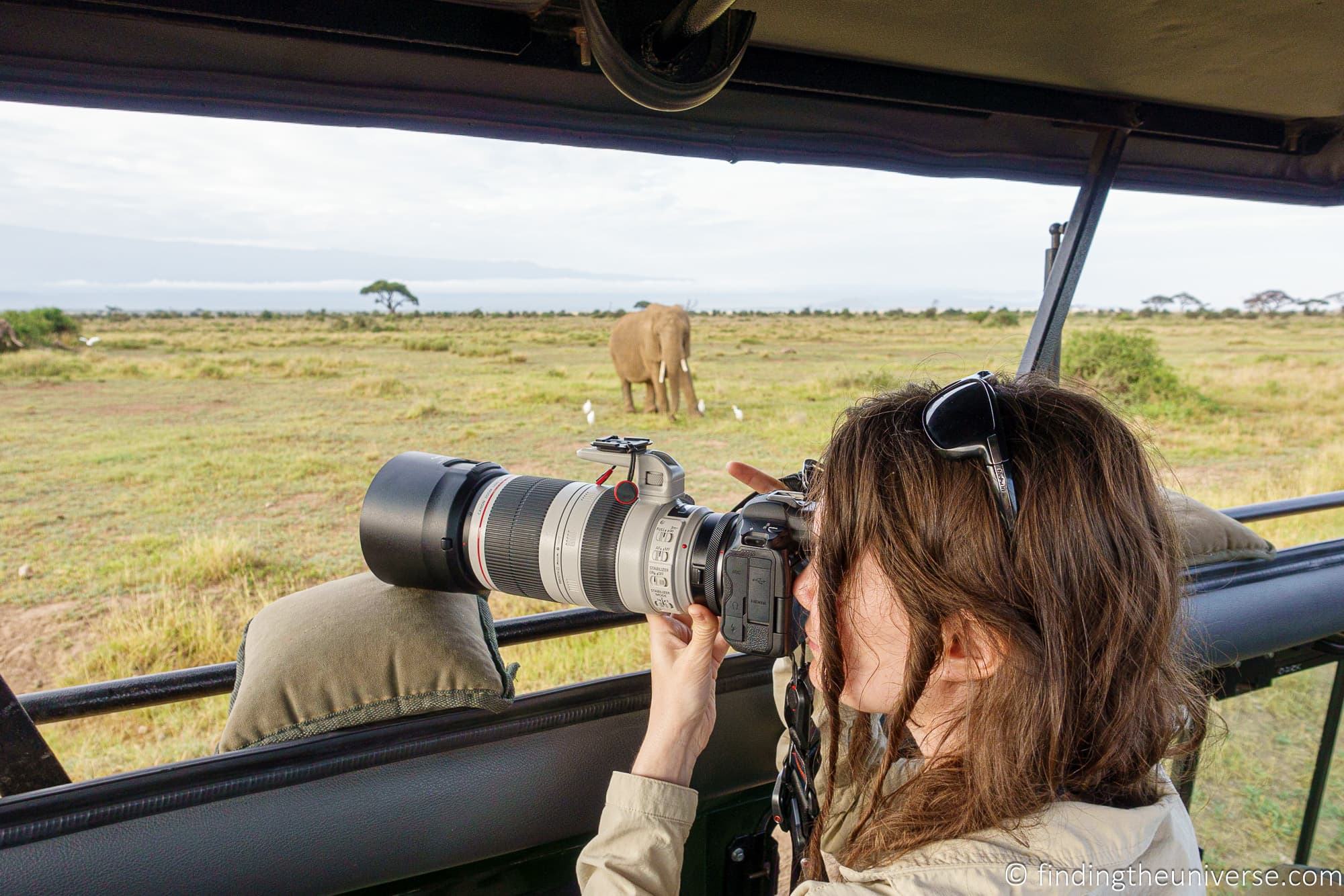
Refillable?
One of the more important features of a photography bean bag is whether or not it can be refilled. I would argue that being able to empty and fill your bean bag is really important.
This is so you can change the contents to suit your needs. For example, if you are travelling light or want to reduce bulk, you might want to empty out your bean bag and fold it up. Then, when you arrive in your destination you can pop to a market and buy some dried beans, rice, or buckwheat to fill it with.
Most photography bean bags are refillable. Some open with a zip whilst others open with velcro. I would personally recommend a system that closes with a zip as it is far more secure and there is less risk of it coming open by mistake.
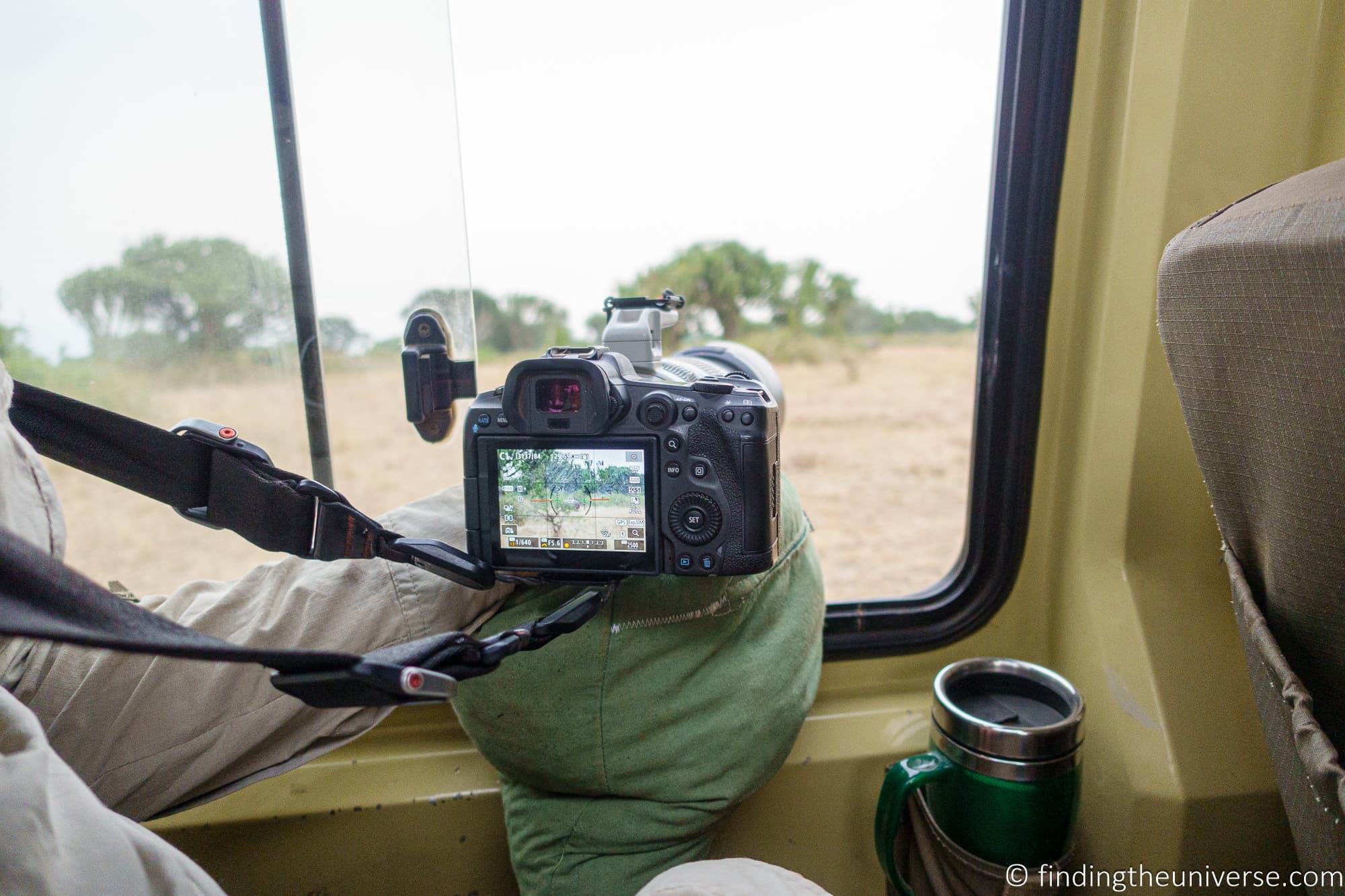
Price
You will of course want to think about price when purchasing a photography bean bag. The good news is that most bean bags are well priced, generally coming in at around $25 – $85 USD.
Of course, you can pay more (and less!), but compared to the price of many photography accessories on the market today we think this is definitely one of the more affordable options you can buy to improve your photos and make your photography experience easier while on safari.
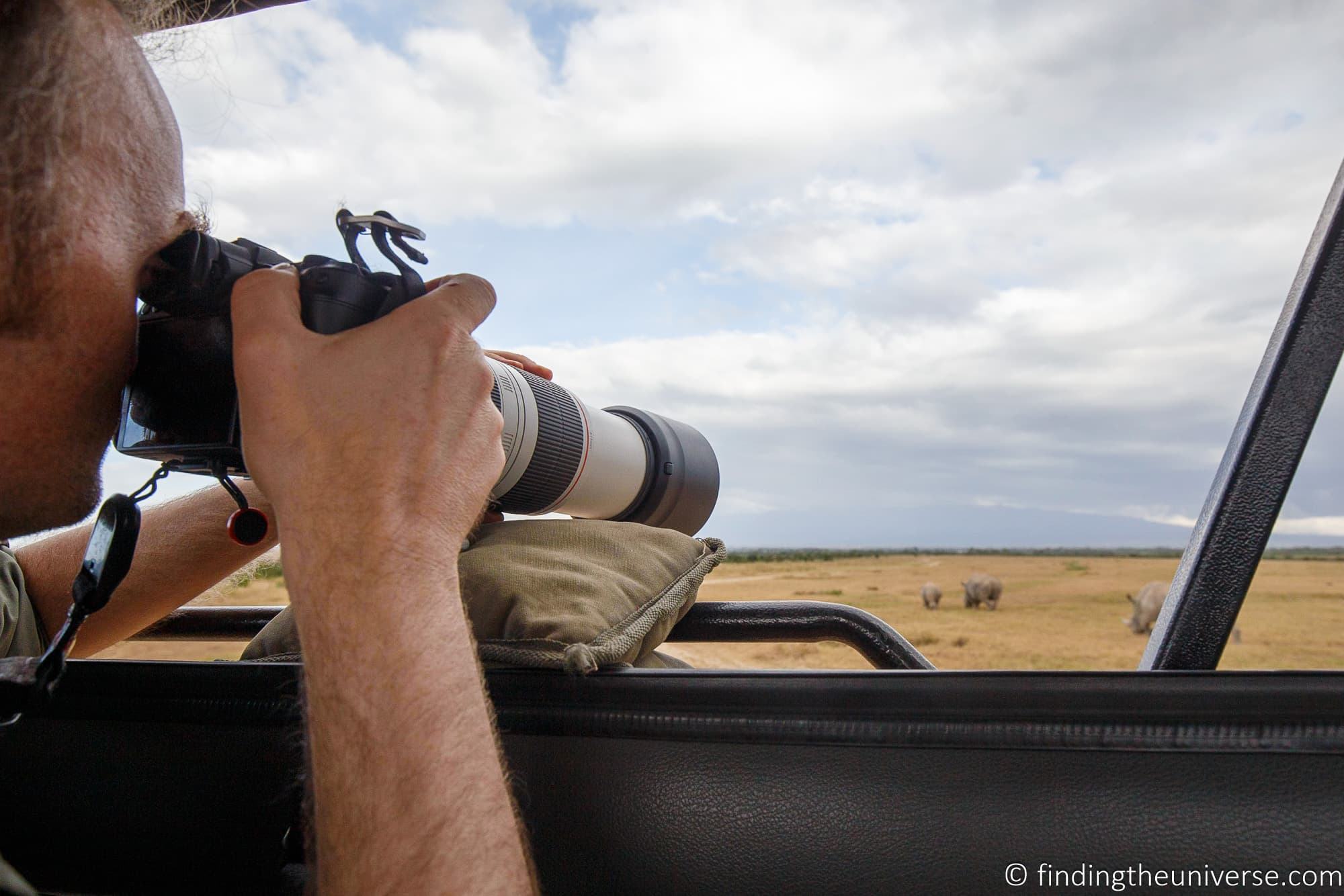
Other Features
As well as the above features, some photography bean bags have other features you might find useful. These include straps or pockets, or things like being water resistant.
A strap or cord can definitely be handy as you can use it to secure the bean bag when in use. Water proofing can also be helpful if you think you will be shooting in wet environments.
Some have shoulder straps to make them easier to carry if shooting on foot – these straps can also be used to secure to the car. In addition, some of the flat bags can also be used as ballasts for your tripod.
Speaking of tripods, some photography bean bags even have the option to attach a ball or pan head to the bean bag, giving you a best of both worlds option.
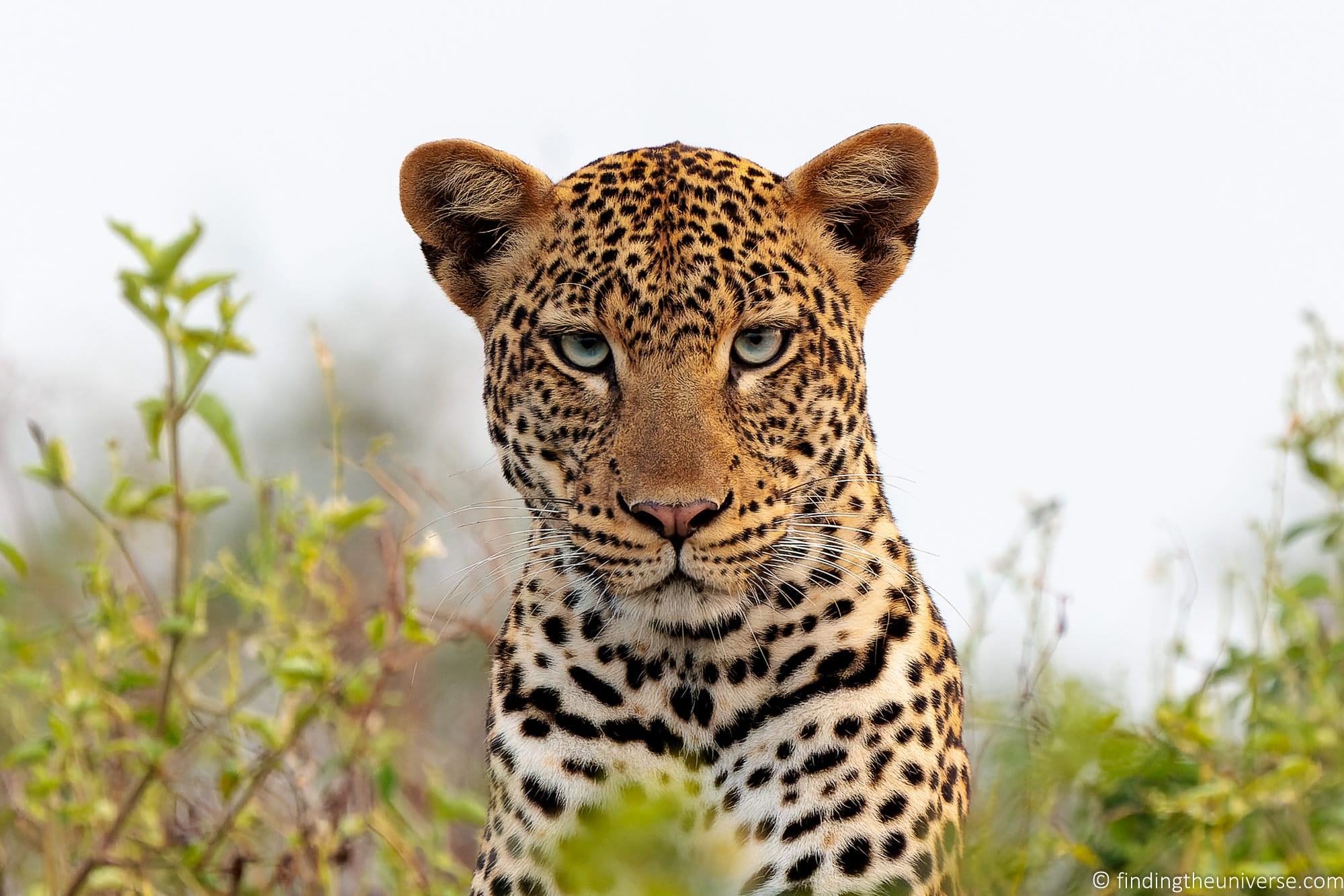
The Best Photography Bean Bags for Safari
I’m now going to go through what I think are some of the best options for photography bean bags for safari. These are ordered by price, although pricing can vary so do check.
You’ll notice this is not a huge list. That’s because there are only a few brands who focus on this sort of product. However, these brands do know what they are doing and the result is a solid product.
Additionally, with Kinesis and LensCoat, they offer a range of options at different sizes and price points to suit most camera setups.
Personally, from the list below I would recommend either the Kinesis SafariSack 4.2 or the LensCoat LensSack Pro Jr as my favourite options for use on safari.
Kinesis SafariSack 1.4
Kinesis have been making photography bean bags for safari for many years, designing their bean bag products especially for photographers heading on safari in Africa. What we like about them is that clearly Kinesis have put some thought into what is important for this sort of product.
They have a range of safari bean bags, but we suggest checking out the SafariSack 1.4 as a good option if you would prefer a flatter bean bag option.
This bag is made from rip-stop 400-dernier nylon. It has a zippered compartment so you can easily fill and empty it. It has D-rings on the ends so you can fit a strap, and there’s also a small sewn-in strap which can be used to secure it to a vehicle.
This will work for smaller and larger cameras alike. If you have a smaller setup especially then this can be a great option.
Check price on Amazon here and on B&H Photo here.
Kinesis SafariSack 4.2
My favourite option from Kinesis is the SafariSack 4.2, which is designed for those of you with larger lenses and cameras.
The SafariSack 4.2 is double-stitched for durability and constructed from tough rip-stop Nylon. You get a rubberized bottom to prevent it from slipping, and there’s an optional shoulder strap as well as a hand strap.
Perhaps the best feature though is the two built-in quick-release straps. These allow the SafariSack to be used in two main modes when on safari. With the straps undone, you can use it as a flat sack, which is more suited for use when shooting on the top of a vehicle or other flatter surface.
You can alternatively connect the straps to create the classic saddlebag shape, allowing it to be used over a window. Essentially you get the best of both worlds, making this a contender for the best photography bean bag on the market.
The bag is available with or without a fill, and there’s even a choice of filler material.
Check price on Amazon here and on B&H Photo here.
NatureScapes SkimmerSack II Mini Beanbag
The NatureScapes SkimmerSack II beanbag was developed by a full-time nature photographer who wanted a bean bag that would meet his needs. The good news is that this has resulted in a wonderful product that is ideal for safari photography.
The SkimmerSack II is made from tough 500 dernier nylon cordura, with a non-slip rubbererized coating underneath to help prevent it from moving around when in position.
The interior is constructed from a rubber-like material, giving it some water-resistance. It is double-stitched for strength and has a zipper opening for adding your own fill. There’s also a hand-grab loop strap on each end of the bag, and there are a pair of straps at the base to allow you to secure it to a door handle or roof rack for safety.
Check price on Amazon here and on B&H Photo here.
LensCoat LensSack Pro Jr
Another well-known brand in the photography bean bag world is LensCoat, who make a range of bean bags that can accommodate a wide range of lenses. They are also available in multiple colors.
We’d recommend taking a look at the LensCoat LensSack Pro Jr. This saddlebag shaped bag can handle lenses up to 500mm in length (versions are also available with support up to 800mm).
There’s a non-slip coating and it’s made from durable water-resistant Cordura with reinforced seams. It also has two storage pockets, MOLLE webbing straps, and two locking YKK zips that make it easy to fill and empty.
Perhaps the most interesting feature of this bean bag though is the fact that it comes with a removable mounting plate with a 3/8″-16 thread. This can be used to attach a gimbal or ball head, meaning you can likely use it with your existing tripod head. This gives you the best of both worlds – the compact and portable benefits of a bean bag, with the flexibility of a head, making it easier to track moving subjects without having to adjust the bean bag.
Check price on Amazon here and on B&H Photo here.
Make Your Own Photography Bean Bag
Due to a last-minute luggage mix-up prior to a recent African safari, I was left without my photography bean bag just before the trip started. Thankfully, my mum is an expert with a sewing machine, and happened to have some good quality thick linen material to hand.
Between us we came up with a design for a u-shaped bean bag with a zipper. My mum made it with a heavy calico fabric and a zipper. We then dyed it green. Once in Uganda, we filled it with dried beans and some pillow stuffing.
It worked great, and goes to show that if you are a bit creative, you can definitely make your own bean bag solution. However, this option is probably best for those with a sewing machine and some basic sewing skills!
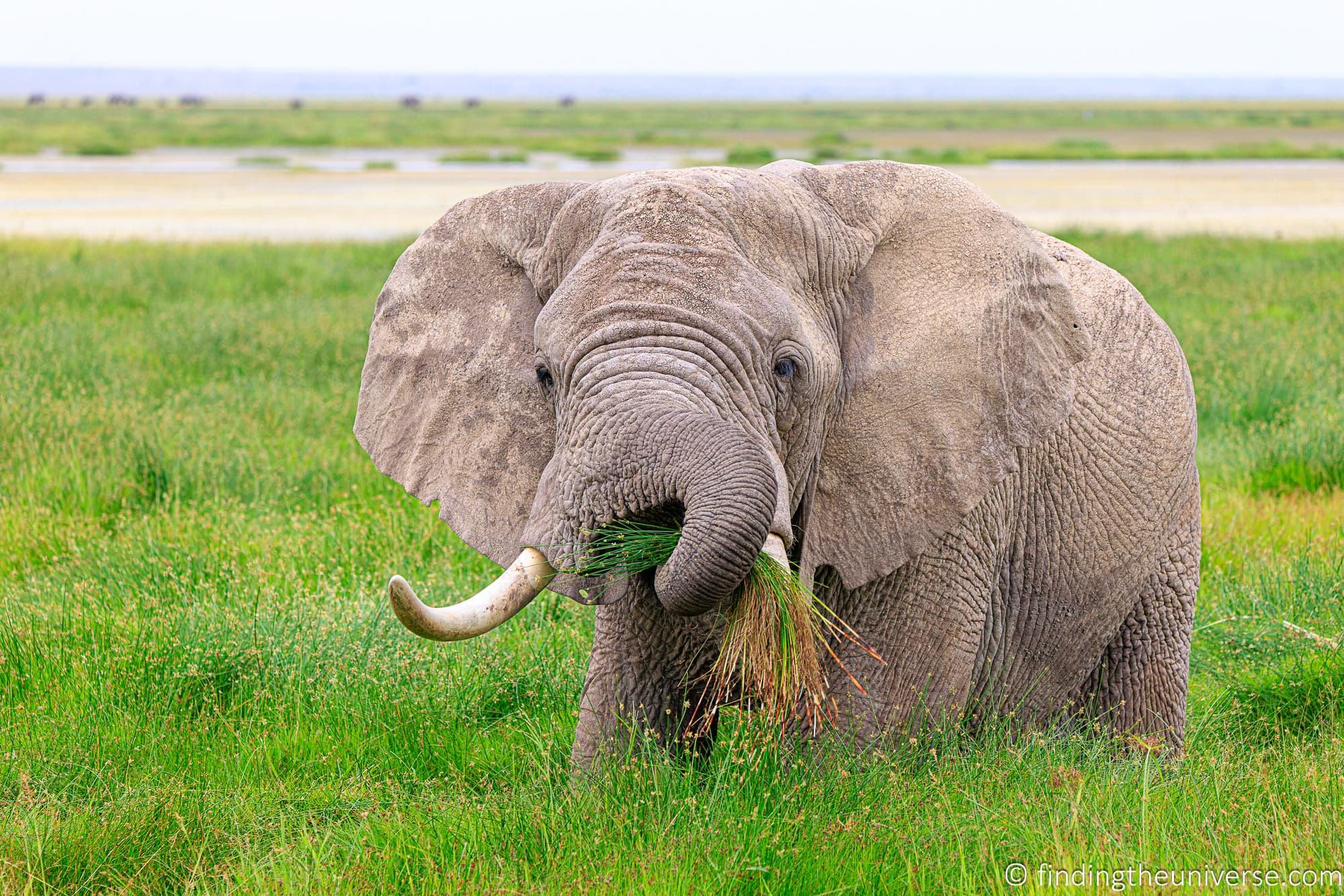
Tips for Using a Photography Bean Bag
Now that you have chosen your photography bean bag, I wanted to share a few tips to get the most out of it, based on my experiences.
- Invert your tripod collar. If you have a camera with a tripod collar, rotate this so it’s at the top of the camera rather than the bottom, as otherwise it’s going to get in the way of the camera resting fully on the bean bag
- Fill it in destination. If you are traveling, as you likely will be for safari, you can save your luggage space by filling the bag in destination rather than travelling with an already full bag
- Choose your filling wisely. There are multiple options for a filling. I find buckwheat, sunflower seeds, or larger dried beans works well. The shape of rice means that is can compact a bit too much and means you can lose some of the flexible shape benefits of a bean bag. Polystyrene balls can work but I find them to be a bit too light and noisy, not to mention environmentally unfriendly.
- If you are using an organic product to fill your bean bag you will want to take care that it doesn’t get wet, and be aware that it might need to be replaced from time to time.
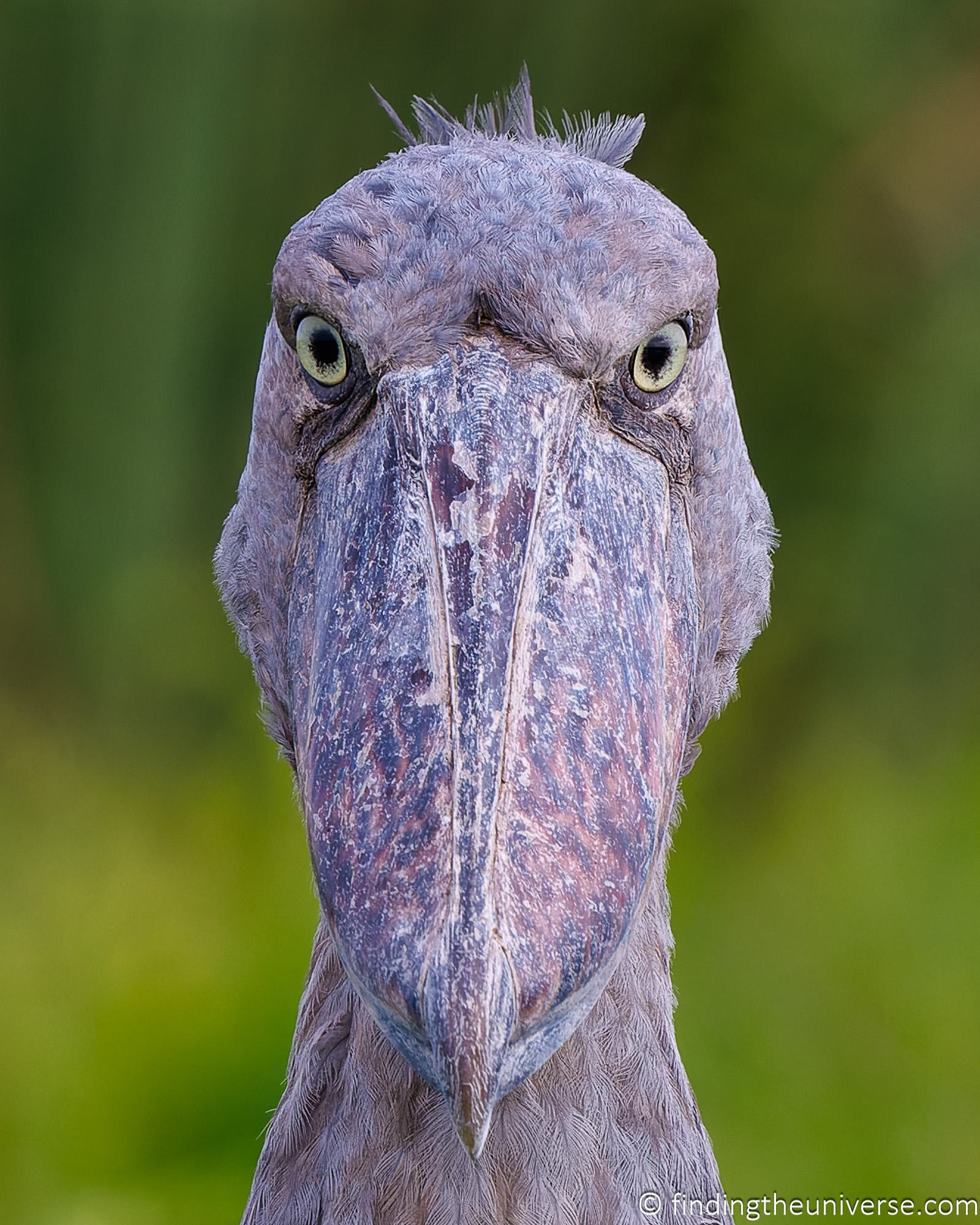
Further Reading
That’s it for my guide to the best bean bag for safari photography. If you found this useful, you might enjoy some of my other photography content. Here are some articles to get you started.
- I have a detailed guide full of safari photography tips to help you get great photos whatever your camera is
- A also have a guide to the best cameras and lenses for safari, to help you decide what to take on your trip of a lifetime
- I have a guide to my favourite photo editing applications, as well as the best alternatives to Lightroom
- Once you’ve taken all your photos you don’t want to lose them! Read our guide to backing up your photos for an idea of how to keep them all safe.
- Wildlife photography can often result in noisy images. See my guide to the best noise reduction software for some ideas on how to get the best out of your photos even when they might be a bit noisy
- We have a guide to how to use a compact camera, how to use a DSLR camera, and how to use a mirrorless camera. We also have a guide to how a DSLR works
- Knowing how to compose a great photo is a key photography skill. See our guide to composition in photography for lots of tips on this subject
- We have a guide to what depth of field is and when you would want to use it.
- We are big fans of getting the most out of your digital photo files, and do to that you will need to shoot in RAW. See our guide to RAW in photography to understand what RAW is, and why you should switch to RAW as soon as you can if your camera supports it.
- You’re going to need something to run your photo editing software on. See our guide to the best laptops for photo editing for some tips on what to look for.
- If you’re looking for more advice on specific tips for different scenarios, we also have you covered. See our guide to Northern Lights photography, long exposure photography, fireworks photography, tips for taking photos of stars, and cold weather photography.
- Color accuracy is important for photography – see our guide to monitor calibration to ensure your screen is set up correctly.
- If you’re looking for a great gift for a photography loving friend or family member (or yourself!), take a look at our photography gift guide,
- If you’re in the market for a new camera, we have a detailed guide to the best travel cameras, as well as specific guides for the best cameras for hiking and backpacking, the best compact camera, best bridge camera, best mirrorless camera and best DSLR camera. We also have a guide to the best camera lenses.
- If you want a camera or lens, but the prices are a bit high, see our guide to where to buy used cameras and camera gear for some budget savings options.
- We have a guide to why you need a tripod, a guide to choosing a travel tripod, and a round-up of our favourite travel tripods
Looking to Improve Your Photography?
If you found this post helpful, and you want to improve your photography overall, you might want to check out my online travel photography course.
Since launching the course in 2016, I’ve already helped over 2,000 students learn how to take better photos. The course covers pretty much everything you need to know, from the basics of how a camera works, through to composition, light, and photo editing.
It also covers more advanced topics, including astrophotography, long exposure photography, flash photography, and HDR photography.
You get feedback from me as you progress, access to webinars, interviews and videos, as well as exclusive membership of a Facebook group where you can get feedback on your work and take part in regular challenges.
It’s available for an amazing one-off price for lifetime access, and I think you should check it out. Which you can do by clicking here.
And that’s it! I’d love to hear about your thoughts on wildlife photography on safari, and am happy to answer any questions you have. Just pop them in the comments below and I’ll get back to you as soon as I can.
